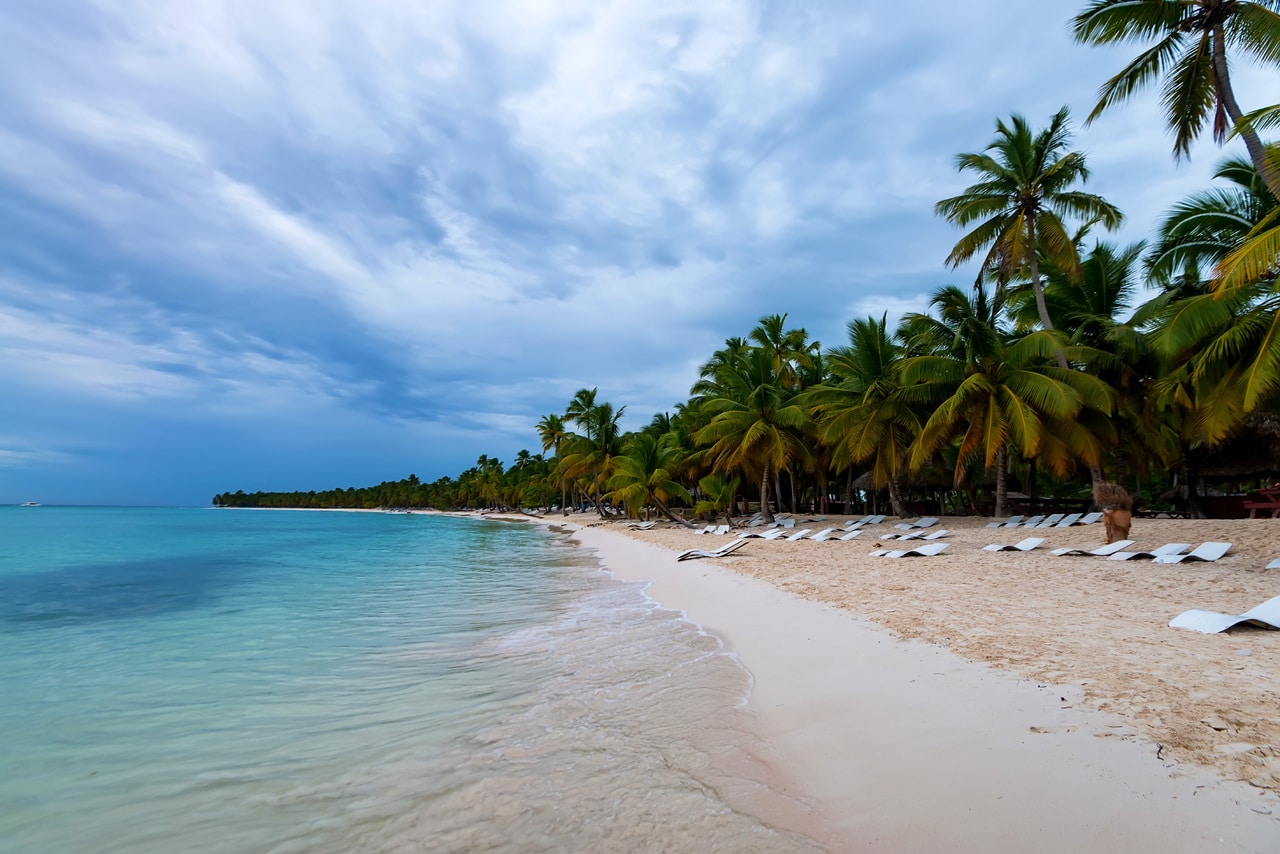The Dominican Republic is one of the most popular Caribbean tourist spots due to its stunning coastline, luxurious resorts stocked with a wide variety of amenities, breathtaking scenery, world-class golf courses, and exciting culture. Over six million tourists visit the Dominican Republic every year, drawn by Punta Cana and other attractions.
Many dare lovers decide to tour the world with only minimal travel skills. For some destinations, this might work, but if you’re hoping to visit the Dominican Republic, it won’t. We are talking about a country prone to the sudden visit of tropical storms and the potential for falling prey to everyday frauds.
That’s why you should know 7 important facts before visiting the country.
1. You need an e-ticket
Depending on your nationality, you might need a tourist visa to visit the Dominican Republic. Tourist e-cards are required for visitors from the United States, United Kingdom, and Australia for trips of 30 days or less, but visas are not required for visitors from some nations.
You can pick one up at the airport when you land. Learn how to apply for the Dominican Republic e-ticket in quick steps.
2. Pick up some Spanish
The Dominican people speak Spanish, so brushing up on your vocabulary in that language can help you get around more easily. In many of the world’s most popular tourist destinations, those who work directly with visitors are fluent in English and can easily communicate with visitors.
Learn simple phrases like “Hola” and “Muchas Gracias” before you go, but remember that not everyone will speak or understand your language. If you don’t know Spanish, you’re going to have a hard time exploring the country. And the least you want is to be taken advantage of because you are confused.
3. You can only exchange pesos with dollars
You should bring dollars and only swap them into Dominican pesos (RD$) in small amounts once you’re there. All-inclusive hotels fall under this category because they take US dollars. Credit cards are frequently accepted in the Dominican Republic; however, you should still inform your bank of your upcoming trip.
Small changes in the local currency will come in handy for paying for items like public transportation and snacks. When paying in dollars at local businesses, you may receive RD$ as a change. However, most stores won’t accept damaged, or scribbled-on changes, so keep them in good condition.
US dollars can be used in casinos and withdrawals can also be made in dollars. If you win in pesos, you may have trouble exchanging them for dollars.
4. Discover the local beaches
The Dominican Republic is famous for its lush tropical scenery, which is immediately apparent in any photograph of the country. If you want to see all the island’s stunning beaches, you must plan plenty of time on the island. Punta Cana’s beaches, including Arena Gorda, Ubero Alto, Bavaro, Macao, El Cortecito, Cabo Engao, and Cabeza de Toro, are known for their gorgeous views. The soft white sand, clear turquoise sea, and towering palm trees are excellent for relaxing and enjoying memorable days.
Bayahibe is another well-known destination in the Dominican Republic, and for a good reason. The area’s white-sand beaches, turquoise waters, and abundance of fun things to do make it a perfect family vacation spot any time of year.
5. Try the local food
When we are traveling to a new place, we often seek out everything new and items unavailable back home. That’s why we advise you to explore and indulge in the Dominican Republic’s local dishes throughout your stay there. Fries made with bananas and yuca, as well as tropical fruits and shellfish, are not to be missed.
Mangu is an exclusive dish in this country. You can think of it as a smashed and boiling green banana. There is also a mangu made with ripe bananas. Typical combinations include homemade Dominican salami, scrambled eggs with bits of onion, and fried white cheese. While this dish is delicious, many visitors still do not know about it and choose to order the same old favorites.
6. Don’t fall for common scams
More than a third of Dominicans are poor, and many of them turn to scams to make ends meet. You should be careful of the range from the fake (professional) beggars and sellers hawking false goods like cigars to the more suspicious (bar scams and unlicensed taxis and tour operators) ones.
Being alert is essential for detecting illegal practices. Suspicious cabs tend to overcharge. Taxis only pick up at official taxi stands. Some unlicensed tour companies claim meager prices for their tours and even demand full payment in advance, just to disappear on the day of your trip. Be aware of restaurants and bars with high rates or no prices at all. For measured seafood, always get an exact price before you buy.
7. Understand the Hurricane season
Avoiding the Caribbean during the so-called hurricane season is a good idea. Located smack dab in the heart of the hurricane belt, the Dominican Republic has its share of violent storms throughout the year, with the worst occurring in August and September.
Due to the varying topography, temperatures can range widely around the island of Hispaniola. Think about where you’d like to stay and things you want to do while you’re there.











